MetPVNet - Satellite and meteorology-assisted prediction of PV power generation at the distribution grid level: development, validation, application
Research project at a glance

Funding type
Period
01.11.2017 to 28.02.2021
Website
Project Description
By 2050, the share of renewable energy sources in Germany is to increase to 80% of gross electricity consumption as part of the energy transition. This requires a more effective adaptation of grid management to the increased weather dependency of electricity feed-in to the grid. In particular, the decentralized feed-in of electricity from photovoltaic systems presents distribution grid operators with new challenges in terms of grid expansion, grid operation and market integration. Here, improved forecasts of the weather-dependent variability of photovoltaic (PV) yields at the plant level have direct economic consequences as an important determinant of energy market costs, both for control energy and in redispatch. In addition, improved forecasting enables the exploitation of optimization potentials in voltage maintenance and in reactive power compensation. The present application addresses these challenges by (further) developing innovative energy meteorological methods for satellite-based forecasts of irradiation and PV power at the plant level, and testing their application in the context of innovative energy management at the distribution grid level.
The project is to be achieved through a network of 5 work packages (WP), which already pursue innovative sub-objectives and are interlinked as described below:
The first work package (WP1) describes the derivation of high-resolution global radiation from satellite and ground observations and is linked to the work packages AP3, AP4 and AP5.
The work packages WP3 and WP4 are mutually closely linked and are in turn linked as a unit to work package WP2.
The fourth work package WP4 includes measurement campaigns in the Allgäu and the derivation of atmospheric information from measurement data.
Work package WP3 deals with radiative transfer and photovoltaic power modeling.
Work package WP2 covers the assimilation and prediction of photovoltaic relevant cloud information and is in turn linked to work package WP5 Forecast-based products for distribution grid management. The purpose of this linkage is to establish forecast requirements and obtain forecast data for case studies.
The first and fifth work packages are also linked to identify requirements for observational data and to obtain short-term forecasts for case studies.
In addition, project coordination is also located outside the content linkage as the sixth work package.
For the improvement of satellite-based energy meteorological forecasts on the distribution grid level, work is being done on improving the overall model chain and here in particular with regard to the cloud-dependent fluctuation of radiation fields. This is to be achieved, among other things, by linking scientific expertise from the fields of atmospheric science and renewable energies and the resulting synergies, as well as through transdisciplinary exchange.
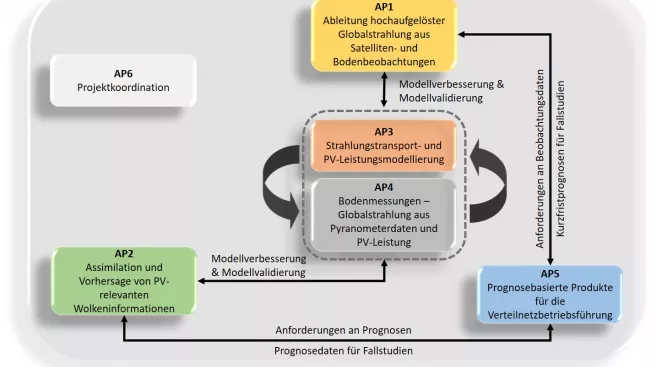
Results
On the basis of detailed network analyses for a real medium-voltage network area, it was shown that both the integration of forecast data based on satellites and weather data and the improvement of next-day forecasts based on numerical weather models have a clear added value for forecast-based congestion management or Redispatch and reactive power management in the distribution network. Short-term forecasts based on satellite data also have a positive effect. Another important added value of the project is also the feedback of the critical forecast situations from the point of view of the use cases, so that, as already shown in the project and beyond, forecasts can be designed and optimized in a more targeted way for the application in the distribution grid operation. Furthermore, forecast improvements for the forecast model of the German Weather Service could be achieved by assimilating visible satellite images. Furthermore, cloud and radiation products from satellites were improved and thus the data basis for the short-term forecast as well as for the assimilation. Furthermore, several methods were developed that could lead to further forecast improvement in the future, especially for weather situations with high forecast errors. Such situations were identified from the perspective of network operations and with the help of satellite-based analyses of the overall weather situation for the periods of the MetPVNet measurement campaigns. In particular, these were situations with heavy or highly variable cloud cover. For the MetPVNet measurement campaigns, the deviation of the ground-level insolation from satellite data or from radiation forecasts was quantified on the basis of a training data set and depending on the variability class. In the future, this type of information will offer the possibility to evaluate the forecast quality.
Publications
Cooperation partners





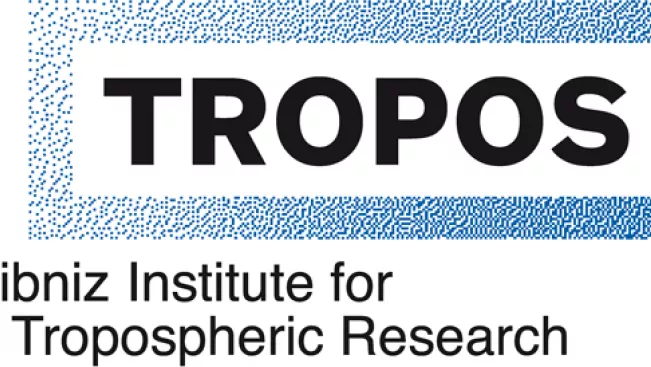
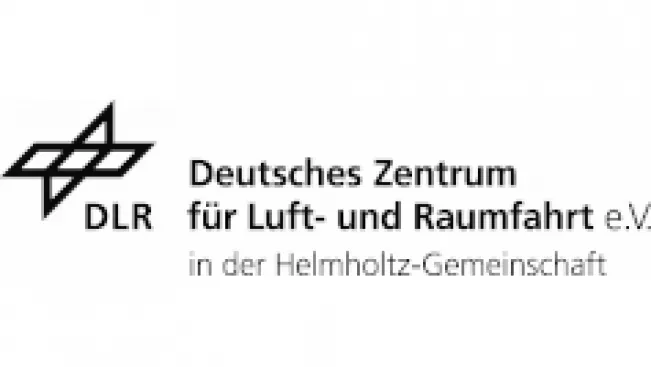
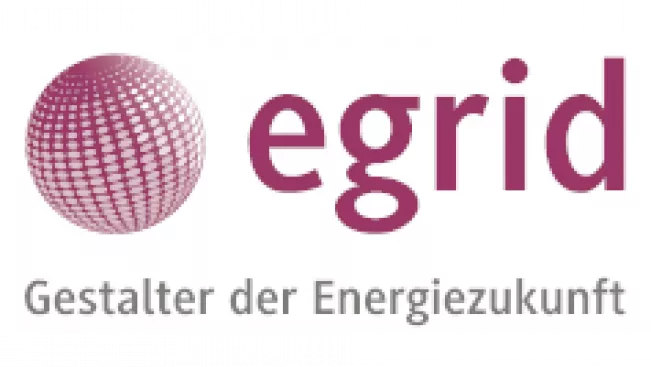

Sponsors
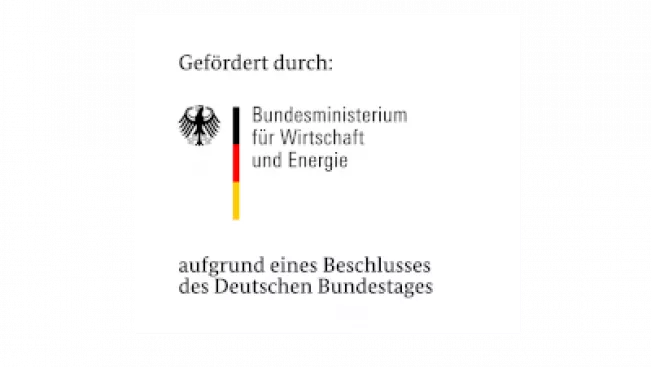
Links
Further links

